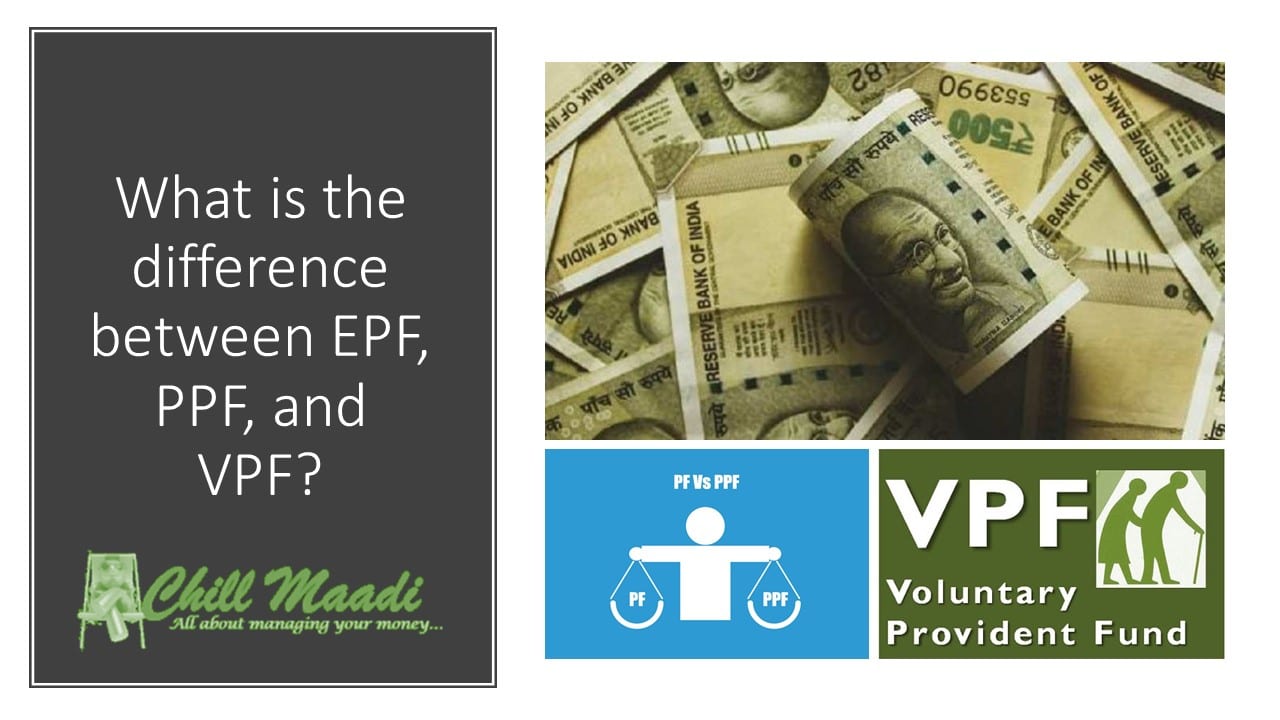What is VPF?
VPF is a Voluntary Provident Fund. An employee can build such a provident fund with the preferred amount of contribution. VPF is also known as the Voluntary Retirement Fund. VPF is an investment option for saving. The investor can decide the amount, and it is quite flexible.
Some important facts about VPF
- VPF or Voluntary Provident Fund is a monthly savings scheme. Just like other savings schemes, it has an interest rate.
- The rate of interest is 8.65% per annum.
- VPF is a secure investment option with low-risk. And it is also easily transferable as per the change of the job.
Who can invest in VPF?
People who get salaries every month get a chance to start with an investment in VPF. So, you must be a salaried person for getting eligibility for investing in VPF.
Why do you need to invest in VPF?
VPF account provides many benefits to the investor. Employees will get tax benefits. And it is a popular finance scheme for in-service people planning for their retirement. The benefits of VPF are here:
Safe and secure
VPF is a low-risk investment option. It has a back of the government of India. As there is a little risk, almost every employee wants to invest in it.
Lucrative rate of interest
The rate of interest is 8.65% per annum in VPF. This rate is in the year 2019. In the financial year 2018-2019, it was a little lower. It was 8.55% per annum. So, the rate is increasing every year. And, once you start investing here, you will never regret it.
Easy processing
Opening a VPF account is quite simple. You need to ask your employer finance department to open a VPF account. And if you already have an Employee Provident Fund (EPF) account, this can also work as a VPF account.
Easy Transfer
The account of VPF is easily transferable. If you change the job, you can transfer the account, as well. Only there are some simple steps to follow for switching accounts.
Tax benefits to avail with a VPF account
A VPF account comes under section 80c of the Income Tax Act, 1961. You will get tax benefit up to Rs. 1.5 lakh with a VPF account.
Money withdrawal from a VPF account
You can withdraw money from a VPF account for emergency needs. But you must avail of this benefit after submitting Form-31. You need to provide some details, also like your PF number, bank details, and full address. You might also have to attach a cancelled cheque.
What is the difference between EPF, PPF, and VPF?
Who can avail?
Any Indian can open a PPF account if he or she is an Indian. But only an employed Indian can avail EPF and VPF account.
Interest rate
PPF interest rate is around 8% per annum. And EPF interest is 8.75% per annum. VPF interest is also the same as EPF.
Duration of investment
PPF is a long-term investment option. It has a lock-in period of 15 years. But for EPF and VPF, the tenure is up to retirement. And if one resigns, the duration will complete till the working period.
Tax benefits
There is no tax deduction on the maturity amount of either of the account. So, with PPF, VPF, and EPF, you get a lot of tax benefits.
Withdrawal
After five years of opening a PPF account, you can withdraw 50% of the investment. And for EPF and VPF, the withdrawals are partial. But there is no such lock-in period of EPF and VPF like a PPF account.
Final note
PPF is an entirely different type of investment option. And you need not be a salaried person to open a PPF account. VPF and EPF have lots of similarities in function. And only an employed or salaried person can open VPF and EPF accounts. If you have an existing PPF account, you can open EPF or VPF account. There is no boundary for keeping even all three accounts (PPF, EPF, and VPF) if you are an employed person.
